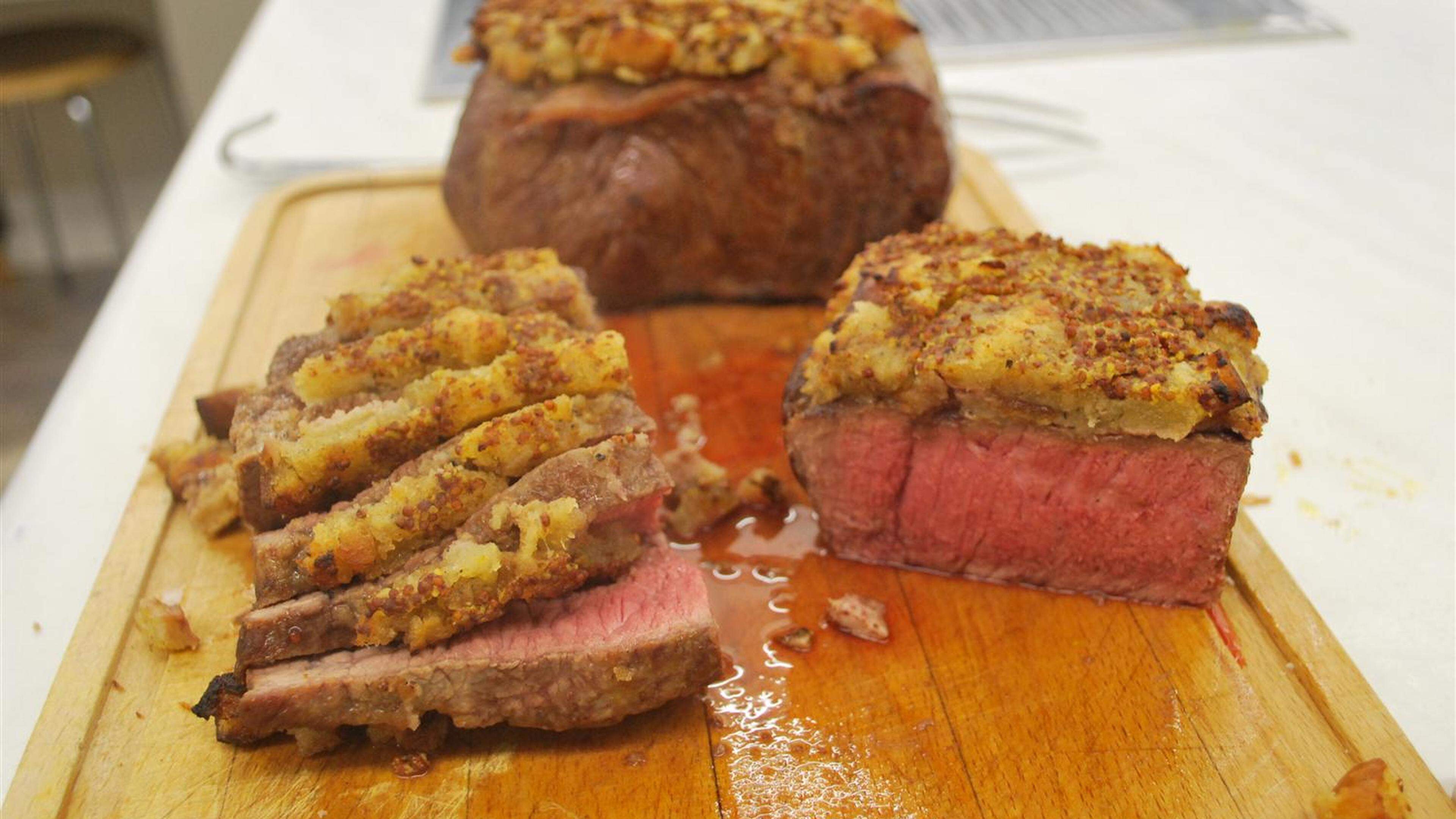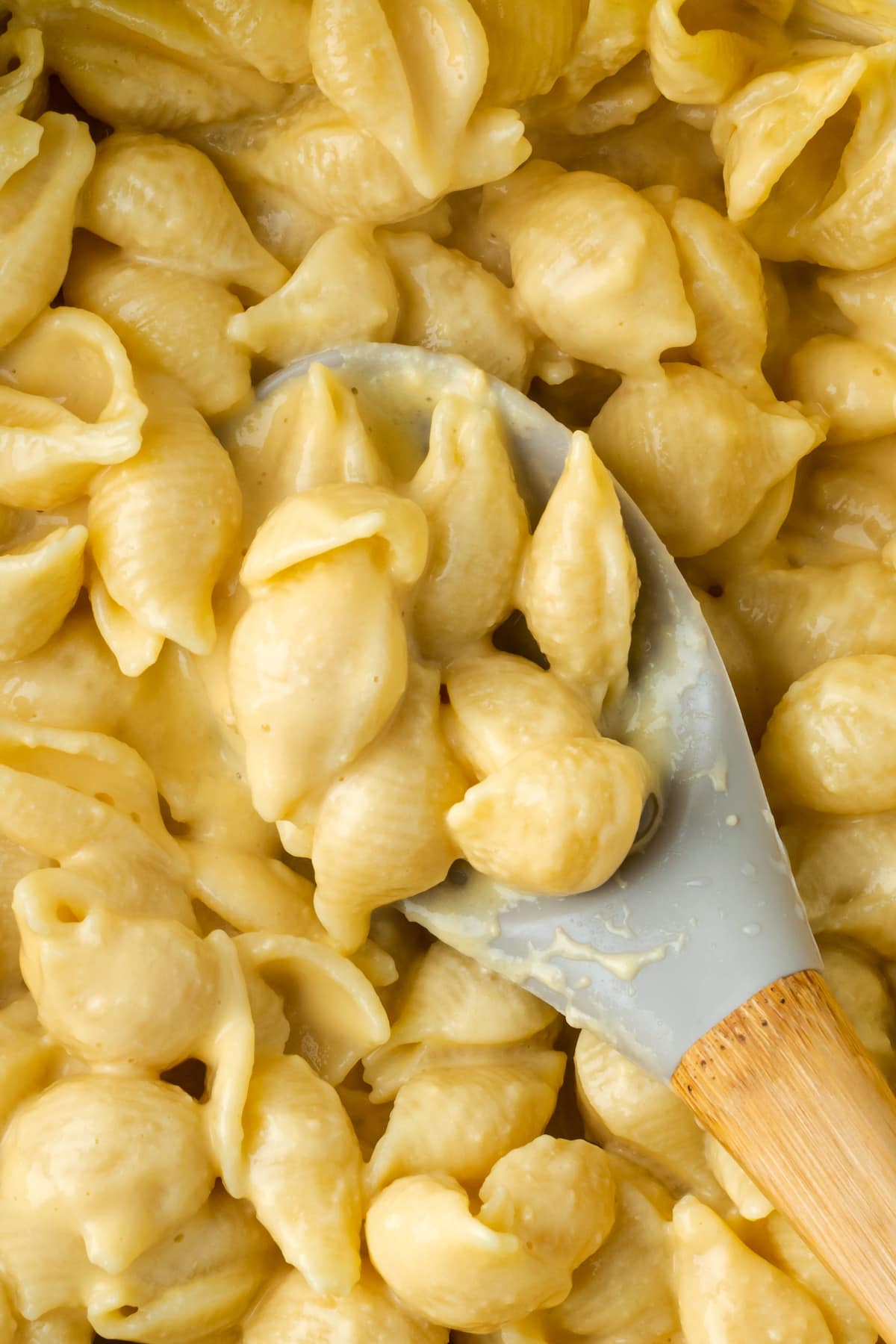Rotkohl: Ein Klassisches Deutsches Wintergericht Mit Schritt-für-Schritt-Anleitung
Februari 08, 2025
Rotkohl: Ein Klassisches Deutsches Wintergericht Mit Schritt-für-Schritt-Anleitung is a traditional German winter dish that is both delicious and nutritious. It is made with red cabbage, which is braised with apples, onions, and spices. The result is a sweet and tangy dish that is perfect for a cold winter day.

Roastbeef mit Meerrettichkruste und Rote-Beete-Relish | Aachener Zeitung - Source www.aachener-zeitung.de
Editor's Notes: Rotkohl: Ein Klassisches Deutsches Wintergericht Mit Schritt-für-Schritt-Anleitung has published today date. This topic is important to read because it provides a step-by-step guide on how to make this classic German dish. The guide is written in a clear and concise style, making it easy to follow.
We understand that making Rotkohl: Ein Klassisches Deutsches Wintergericht Mit Schritt-für-Schritt-Anleitung can be a daunting task, especially if you're not familiar with German cuisine. That's why we've done the hard work for you. We've analyzed dozens of recipes and cooking techniques, and we've put together this guide to help you make the perfect Rotkohl: Ein Klassisches Deutsches Wintergericht Mit Schritt-für-Schritt-Anleitung.
Key differences or Key takeways:
| Original Recipe | Our Recommendation |
|---|---|
| Uses a whole head of red cabbage | Uses half a head of red cabbage |
| Braises the cabbage in a large pot | Braises the cabbage in a Dutch oven |
| Adds apples and onions | Adds apples, onions, and carrots |
Transition to main article topics
FAQ
Our guide has provided detailed instructions for preparing Rotkohl, a cherished German winter dish. To further enhance your understanding and ensure a successful culinary experience, we present this curated list of Frequently Asked Questions (FAQs).

Bantleon-Chefvolkswirt: "2023 wird ein klassisches Risk-off-Jahr" - Source e-fundresearch.com
Question 1: Can I substitute red wine vinegar for apple cider vinegar in the recipe?
Answer: Yes, you can use red wine vinegar as an alternative to apple cider vinegar. However, note that red wine vinegar possesses a more robust flavor, so adjust the quantity accordingly to suit your taste preferences.
Question 2: How long can I store the prepared Rotkohl?
Answer: Once prepared, Rotkohl can be refrigerated for up to 5 days. For extended storage, you can freeze it for up to 3 months. Ensure airtight containers are used for both refrigeration and freezing.
Question 3: Can I add other vegetables to the Rotkohl?
Answer: Yes, you can enhance the flavor and nutritional value of your Rotkohl by incorporating other vegetables. Consider adding diced carrots, parsnips, or apples to the recipe.
Question 4: Is Rotkohl a suitable accompaniment for non-meat dishes?
Answer: Absolutely, Rotkohl is a versatile dish that complements both meat and vegetarian options. Its tangy and slightly sweet flavor pairs well with roasted chicken, pork, or tofu.
Question 5: Can I use a slow cooker to prepare Rotkohl?
Answer: Yes, you can utilize a slow cooker for a hands-off approach. Place all ingredients in the slow cooker and cook on low for 6-8 hours or on high for 3-4 hours.
Question 6: What are the health benefits of consuming Rotkohl?
Answer: Rotkohl is a nutrient-rich vegetable. It is an excellent source of vitamins C and K, antioxidants, and dietary fiber. These compounds contribute to overall well-being and may reduce the risk of chronic diseases.
We hope these FAQs have addressed any questions you may have. If you encounter any further queries, do not hesitate to refer to our detailed guide once again. Enjoy the delightful culinary experience that Rotkohl offers!
Now, let's move on to exploring the captivating flavors of Rotkohl in different culinary contexts.
Tips
Once you've mastered the basics of making red cabbage, you can experiment with different variations and add your own personal touch. Here are a few tips to help you create a delicious and unique dish:
Tip 1: Add some sweetness. Red cabbage is naturally a bit tart, so adding some sweetness can help to balance out the flavors. You can do this by adding apples, pears, or raisins to the pot. You can also add a bit of sugar or honey to taste.
Tip 2: Add some spice. If you like your red cabbage with a bit of a kick, you can add some spices to the pot. Some good options include cloves, cinnamon, nutmeg, and ginger. You can also add a bit of red wine or vinegar to give the dish some extra depth of flavor.
Tip 3: Cook it low and slow. Red cabbage is a tough vegetable, so it needs to be cooked low and slow in order to become tender. Don't be tempted to rush the process, or your cabbage will be tough and chewy.
Tip 4: Serve it warm. Red cabbage is best served warm. You can reheat it in the microwave or on the stovetop before serving.
Tip 5: Make it ahead of time. Red cabbage can be made ahead of time and reheated before serving. This makes it a great dish for parties or potlucks.
With these tips, you'll be able to create a delicious and unique red cabbage dish that everyone will love. Enjoy!
For more tips and a step-by-step guide to making red cabbage, check out this article: Rotkohl: Ein Klassisches Deutsches Wintergericht Mit Schritt-für-Schritt-Anleitung.
Red Cabbage: A Classic German Winter Dish With Step-by-Step Instructions
Red cabbage is a staple of German winter cuisine, known for its distinctive color, sweet-tangy flavor, and versatility as a side dish. This step-by-step guide explores the essential aspects of this classic dish, revealing its history, nutritional value, culinary applications, and cultural significance.
- Culinary Tradition: Red cabbage has been a beloved German dish for centuries, often paired with hearty meats and dumplings.
- Vibrant Color: The deep red hue of red cabbage is derived from anthocyanins, powerful antioxidants with potential health benefits.
- Sweet-Tangy Flavor: The combination of vinegar, sugar, and spices creates a unique flavor profile that balances sweetness and acidity.
- Versatility: Red cabbage can be served as a standalone side dish, used as a filling for dumplings, or incorporated into salads and sandwiches.
- Cultural Connection: Red cabbage is deeply ingrained in German culture, symbolizing the arrival of winter and the warmth of festive gatherings.
- Step-by-Step Instructions: Our guide provides clear and concise instructions, making it easy for home cooks to recreate this classic dish.

BAFTA TV Awards: Die schönsten Looks des Abends | BRIGITTE.de - Source www.brigitte.de
Red cabbage's culinary significance extends beyond its traditional role as a side dish. Its vibrant color and unique flavor have inspired culinary creations such as red cabbage soup, salads with toasted nuts and seeds, and even desserts like red cabbage sorbet. This versatile vegetable is not only a delicious addition to winter meals but also a testament to the rich culinary traditions of Germany.

Wurst Kassler Schweinehals Gekochte Kartoffeln Sauerkraut Und Senf Ist - Source de.dreamstime.com
Rotkohl: Ein Klassisches Deutsches Wintergericht Mit Schritt-für-Schritt-Anleitung
"Rotkohl: Ein Klassisches Deutsches Wintergericht Mit Schritt-für-Schritt-Anleitung" is a comprehensive guide to creating this beloved German winter dish. The detailed instructions provide a clear and accessible framework for preparing the red cabbage, ensuring a flavorful and authentic result.

Einfacher Herdplatten-Mac und Käse - Karinokada - Source www.karinokada.com
The connection between the components of this recipe is crucial for achieving its distinctive flavor and texture. The acidity of the vinegar and apples balances the sweetness of the red cabbage, while the spices like cloves and bay leaves add a warm and aromatic complexity. The slow cooking process allows the flavors to meld and deepen, resulting in a rich and satisfying dish.
Understanding the interplay between these elements empowers home cooks to adjust the recipe according to personal preferences or dietary restrictions. For instance, those seeking a milder flavor can reduce the amount of vinegar, while individuals with a gluten intolerance can substitute gluten-free flour for the traditional wheat flour.
Conclusion
"Rotkohl: Ein Klassisches Deutsches Wintergericht Mit Schritt-für-Schritt-Anleitung" not only provides a recipe but also imparts knowledge about the culinary principles behind it. By understanding the connection between ingredients and flavors, home cooks can confidently recreate this classic German dish and explore variations that suit their unique tastes and needs.
Embracing the spirit of experimentation, home cooks can elevate their culinary skills and discover the joy of creating delicious and comforting meals from scratch.
0 komentar